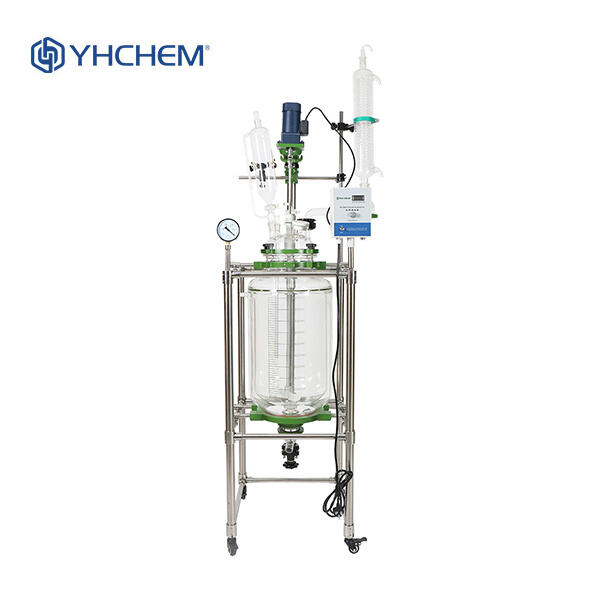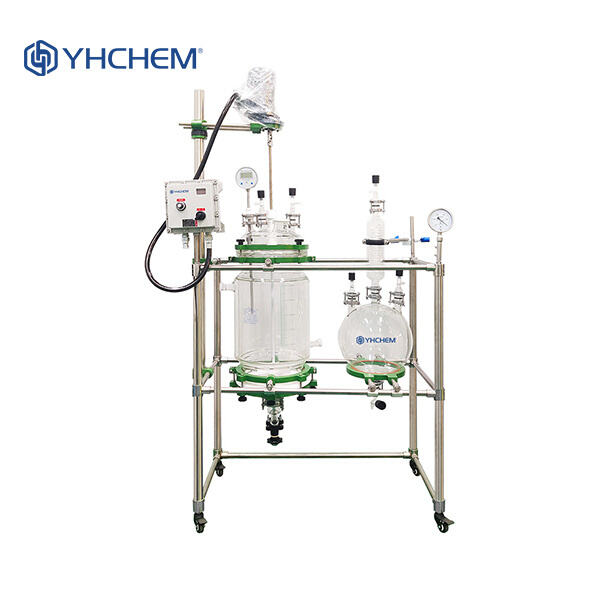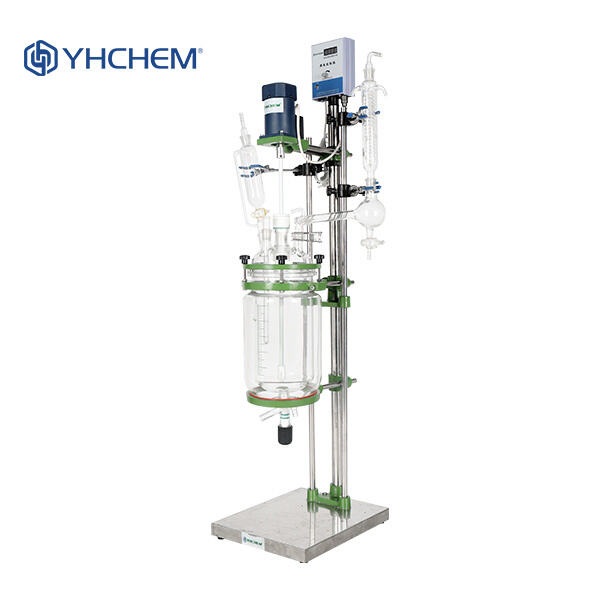Have you ever wondered how scientists and engineers control reactions between chemicals? One key tool they draw on is something called a jacketed glass reactor. A jacketed reactor is a bit like a quarta movement pot that the chemist can use to heat or cool a mix of chemicals to ensure they combine efficiently.
A jacketed reactor contains two layers: one for the inner section in which the chemicals will mix, and the outer layer which houses hot or cold liquid that is circulated to control the internal temperature. By closely controlling the temperature, researchers can ensure the reaction occurs the way they wish.
When chemicals react, they can heat up or cool down. The reaction may not do very well if the temperature is too high or too low. This is where the jacketed reactor comes in. By maintaining the right temperatures for the chemicals, the jacketed reactor ensures the reaction goes as planned and produces the results scientists desire.

It is our goal at YHCHEM to make the jacketed reactor process even better. One is adopting strong materials that can withstand high temperatures and harsh chemicals. This is how our jacketed reactors can last and work well.

Jacketed reactors are a common device across various industries, such as pharmaceuticals and food. The jacketed reactors are also used in the medicine business to develop new drugs. They are used in the food industry to produce delicacies like chocolate and beverages like beer.

Reactor Configuration In order to maximize the benefits of your jacketed reactor, proper setup is essential. Use the correct materials — and follow the instructions closely. This is going to save you time and money, and you will get better results.